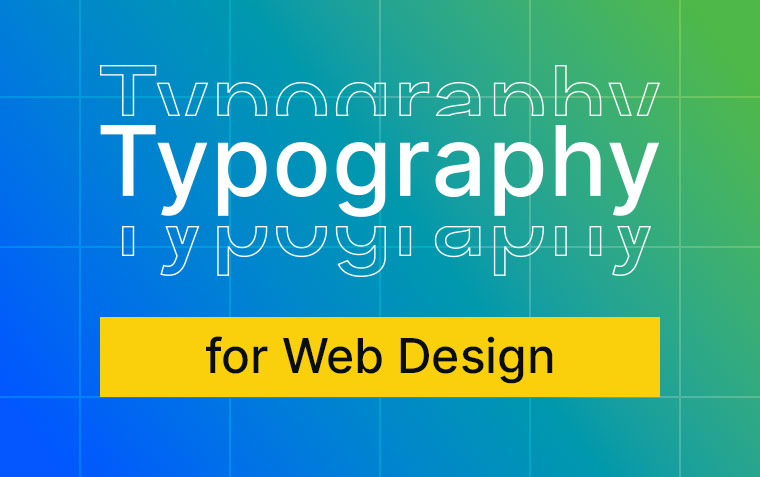Shop At Haya: Your Ultimate Shopping Guide
Discover the best shopping tips, trends, and deals for a smarter buying experience.
Typography That Speaks Louder Than Words
Unlock the secrets of typography that captivates and communicates—discover how fonts can speak volumes!
Exploring the Power of Typography in Communication
Typography plays a crucial role in effective communication, serving as both an art form and a functional element that enhances readability and comprehension. It encompasses not just the typeface you choose, but also the size, spacing, and arrangement of text. Thoughtfully designed typography can guide the reader's eye, emphasizing important information and creating a hierarchy that makes the content easier to digest. For example, using larger headings to signify section breaks and smaller text for footnotes or disclaimers can clarify the structure and make the overall message more inviting.
Moreover, typography influences how your audience perceives the content. Different fonts evoke varied emotions and associations; a bold sans-serif might convey modernity and strength, while a delicate serif could imply elegance and tradition. Emphasizing the right keywords through careful font selection can help shape the tone of your message and enhance engagement. By understanding the psychological impact of typography, communicators can effectively tailor their messages to resonate more deeply with their intended audience, making it an indispensable tool in any content strategy.

How Typography Influences Perception and Branding
Typography plays a crucial role in shaping the perception of a brand, often serving as the visual voice of its identity. The choice of typeface can evoke specific emotions and associations, impacting how consumers perceive a company's values and offerings. For instance, a modern sans-serif font may convey innovation and minimalism, while a classic serif font could evoke feelings of tradition and reliability. This intentional manipulation of font styles helps brands communicate their essence before consumers even read a single word.
Moreover, the consistency of typography across various platforms reinforces brand recognition and recall. Utilizing the same fonts throughout websites, social media, and print materials creates a cohesive visual language that fosters trust and familiarity among audiences. As a result, businesses that prioritize their typography are not only enhancing their brand image but also improving their overall marketing effectiveness. Consistent typography acts as a silent ambassador for the brand, subtly influencing consumer perceptions and preferences.
What Makes Typography an Essential Element of Design?
Typography is a crucial component of design that influences how the message is perceived by the audience. It involves the selection of fonts, sizes, spacing, and line heights, which all play a significant role in creating a visually appealing and functional layout. Effective typography not only enhances the readability of text but also establishes a strong visual hierarchy, guiding users through the content. When used thoughtfully, it can evoke emotions, convey brand identity, and improve user experience, making it essential for engaging designs.
Moreover, typography contributes to the overall aesthetic of a design project. The choice of typeface can reflect the personality of a brand or the mood of a particular piece. For example, a playful font may be more suitable for a children's product, whereas a serif font conveys professionalism and trustworthiness in corporate communications. By integrating typography strategically, designers can create a cohesive and harmonious visual language that helps in communicating the intended message effectively.